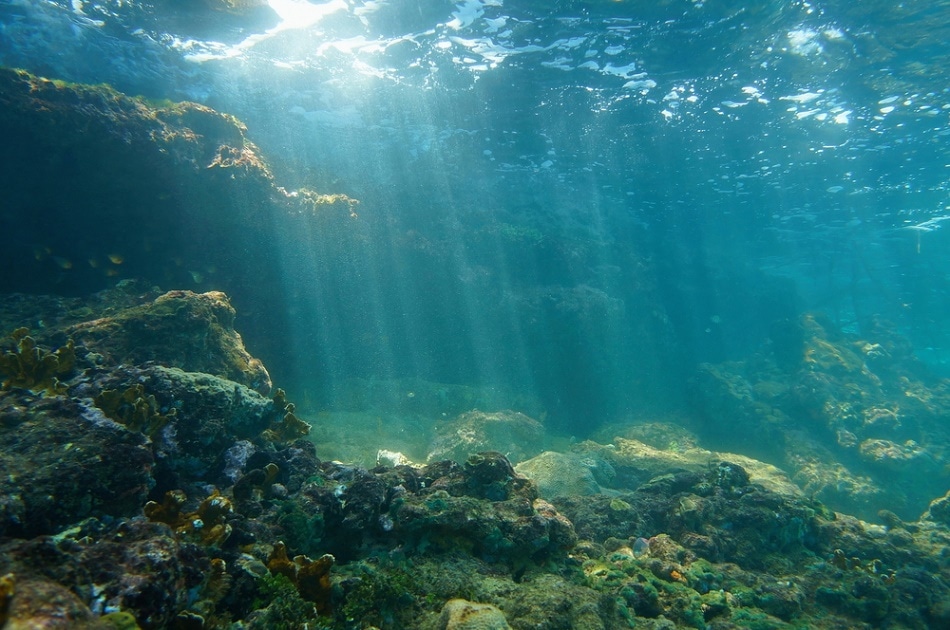Oct 25 2016
 Seaphotoart/Shutterstock.com
Seaphotoart/Shutterstock.com
Humans have been exploring the deep sea for a long time. From finding fish to keeping away from rocks, the ability to see through turbid water has been important for many years. Recently, researchers are using advanced cameras to explore deep-sea animal behaviors and sea floor geology, but they are constantly challenged to get a clear image of the deep fathoms of the sea.
Now, a group of scientists at Ocean University of China in Qingdao, China, may have helped to enhance the quality of underwater imaging. In a new methodology, they used a mathematical approach called logical stochastic resonance (LSR) to improve underwater viewing.
The LSR algorithms, when applied to the underwater images with poor quality, helped improve the ability of the team to visually detect objects. The study results are published in The Optical Society’s journal Optics Letters.
Earlier, the LSR method was mainly restricted to theoretical research. But now, the new study expands and applies the LSR method to practical problems of identifying objects through a highly scattering medium, such as turbid seawater.
Our work is an interesting trial to apply LSR to process a degraded image produced by underwater imaging through a turbid medium. It is a helpful advance because inherent noise and nonlinearity cause difficulty in processing these images through conventional image processing methods.
Nan Wang, College of Information Science & Engineering
Their new method to use LSR for a visual problem shows the efficacy of their algorithm in obtaining required information that helps in detecting the object in a noisy background.
LSR is a counter-intuitive concept to some extent. The fundamental concept is to combine the broadband noise and a noise-degraded signal in a non-linear medium in order to improve components of signal frequency over the background noise, a type of constructive interference procedure that can create increased clarity from within noisy records.
LSR is more frequently considered with regard to voltage and noise fluctuations in non-linear electronic systems. For instance, in electronics, LSR can be applied to solve multiple dynamic systems and make a logical or productive interaction that can be modulated and tuned. This can lead to a controlled current as well as more energy-efficient electronics.
In the study, scientists adapted the LSR method to the “visual noise” problem that degrades the quality of standard image processing. In the current situation, the noise happens due to suspended particles present in the water that produces variations in the scattering and absorption of light, a common state of water in nature, particularly seawater.
There are several steps involved in the LSR experiment. Firstly, scientists attained a heavily degraded, noisy underwater image. After that, they placed the image as an input signal in the LSR system. Then, they input additional noise in order to deal with the inherent noise, consider it as the constructive interference step as it helped separate objects in the background image. The improved object detection produced by this process can directly indicate whether a pixel belongs to the background or the object.
Results in the natural offshore area demonstrate the effect of LSR in image processing, and the proposed method creates an interesting effect in the processing of heavily degraded images.
Nan Wang, College of Information Science & Engineering
Finally, the contrast enhancement and color correction algorithms, such as histogram equalization and white balance, can be used to generate a visually pleasing image, he added.
Wang and his collaborators conducted their research in Jiaozhou Bay in Northeast China. They fought high seas for several days on a ship, making their effort difficult. “The big waves made a lot of trouble for us in trying to capture useful images,” Wang said. Despite this problem, the scientists are excited to validate their work, refine it and expand its applications in order to overcome obstacles of viewing underwater.